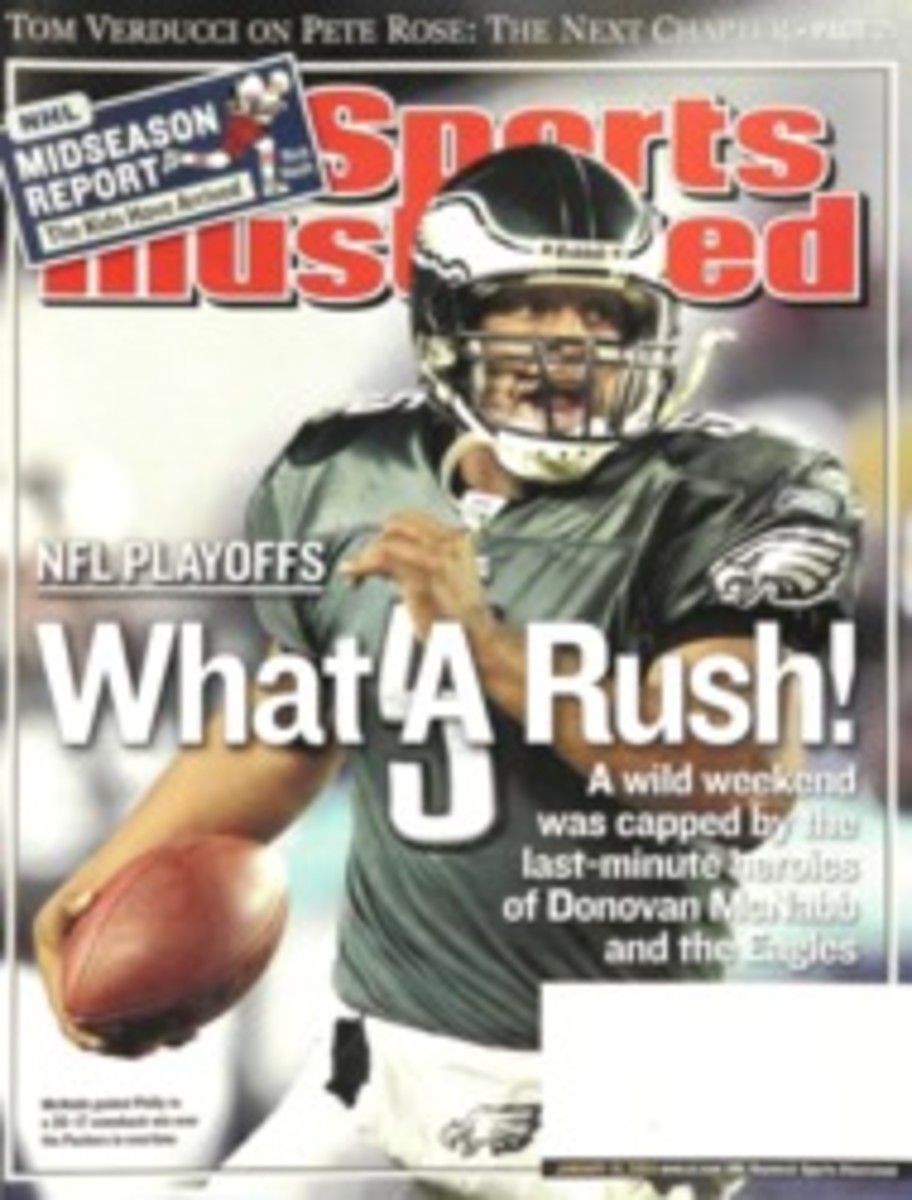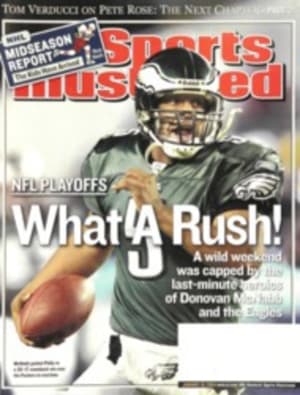
Playing Through With constant vigilance, diabetic athletes can still have very successful careers
In his 15 years as a center for the Philadelphia Flyers, from
1969-70 to '83-84, Hall of Famer Bobby Clarke was renowned for
his jack-o'-lantern smile and fiery on-ice style--and, when
dealing with his diabetes, a stoicism typical of his sport. "I
was a hockey player who happened to have diabetes," says Clarke,
who won three MVP awards and played on two Stanley Cup winners.
"I did whatever I could so that I could play. For me, the
management of the disease wasn't a whole lot different than that
of anybody else who has it."
Clarke--now 54, the Flyers' G.M. and known as Bob--is among the
many diabetic athletes who, with careful monitoring of their
illness, have been able to enjoy lengthy careers. Kelli Kuehne
and Scott Verplank are both successful professional golfers who
wear insulin pumps. Swimmer Gary Hall Jr. won a total of four
gold medals at the 1996 and 2000 Olympics Games. (He has even
produced a 33-minute instructional and motivational video,
Diabetes 101, that can be ordered at garyhalljr.com.) Second-year
Pittsburgh Steelers guard Kendall Simmons discovered he had
adult-onset diabetes just before the start of training camp last
July; he had some trouble at first, losing 40 pounds and
suffering from blurred vision, but eventually he bounced back to
regain his starting spot. Ron Santo was a nine-time All-Star
third baseman with the Chicago Cubs in the 1960s and '70s, though
now, at age 63, having had both legs amputated below the knee,
he's also a prime example of how destructive the disease can be.
Clarke's success as a diabetic athlete inspired others--including
a young Chris Dudley, who found out during his sophomore year in
high school that he had the disease. Dudley went on to a 17-year
career as a center with five NBA teams, and he in turn became a
role model for youthful diabetics. Ten years ago Dudley started
an eponymous foundation to aid such children; each August he
holds a basketball camp for diabetics in Vernonia, Ore. (45 miles
west of Portland). The message Dudley imparts to his campers is
simple: Diabetes will not hinder them in pursuit of their
athletic goals as long as they take care of themselves by
watching their carbohydrate intake, measuring their blood sugar
and maintaining their insulin level. He also tells them of his
own routine. On game days he tested his blood sugar as often as
13 times and kept test kits with the team trainer.
Though technology and medicine have advanced greatly for
diabetics--Clarke recalls his mother's having to boil syringes
and weigh his food when he was young--not all afflicted athletes
have been able to sustain their careers. In 1998, while a member
of the Oakland A's, Kevin Mitchell, the 1989 National League MVP,
began experiencing blurred vision and excessive thirst, and he
lost 59 pounds in three weeks. The symptoms caused him to leave
the club; soon after, it was discovered that he was diabetic, and
he was through in the majors at age 36.
Still, as so many diabetic athletes demonstrate, the disease
doesn't have to scuttle a sports career. "It never affected [how
I played]," says Clarke. "If anything, the more and harder you
can work as a diabetic, the better you'll be."
Says Dudley, "You can't let diabetes stop you, but you also don't
ignore it. You just have to embrace it and learn how to deal with
it." --Andrea Woo
For more information about diabetes and sports, go to the website
of the Diabetes Exercise and Sports Association at
diabetes-exercise.org. Information about the Dudley Foundation
and Chris Dudley's summer basketball camp for young players with
diabetes is at chrisdudley.org.
COLOR PHOTO: MANNY MILLAN BOBBY CLARKE
COLOR PHOTO: DARREN CARROLL KELLI KUEHNE
COLOR PHOTO: DAVID DUROCHIK/SPORTPICS KENDALL SIMMONS
COLOR PHOTO: WALTER IOOSS JR. RON SANTO
COLOR PHOTO: ROCKY WIDNER/NBAE/GETTY IMAGES CHRIS DUDLEY

